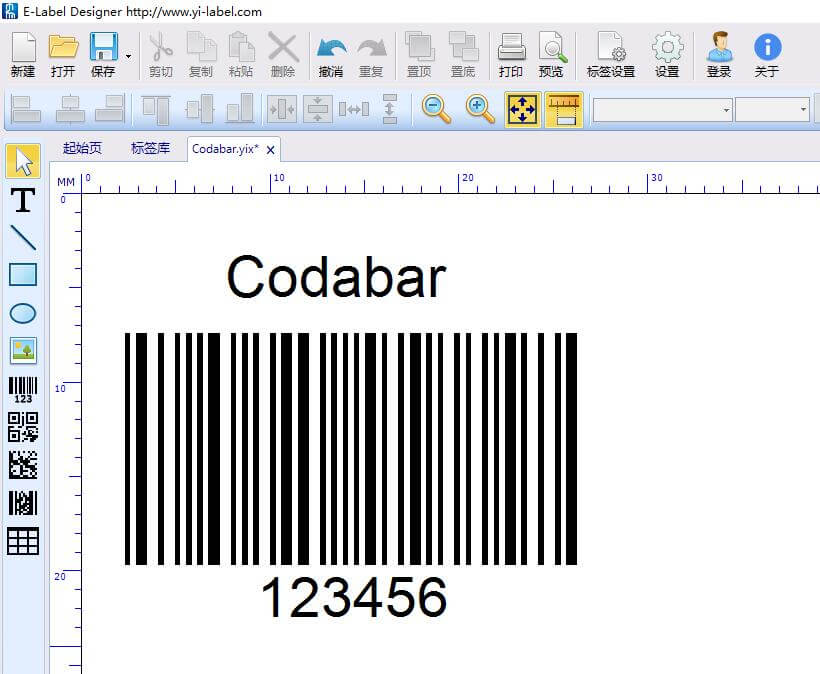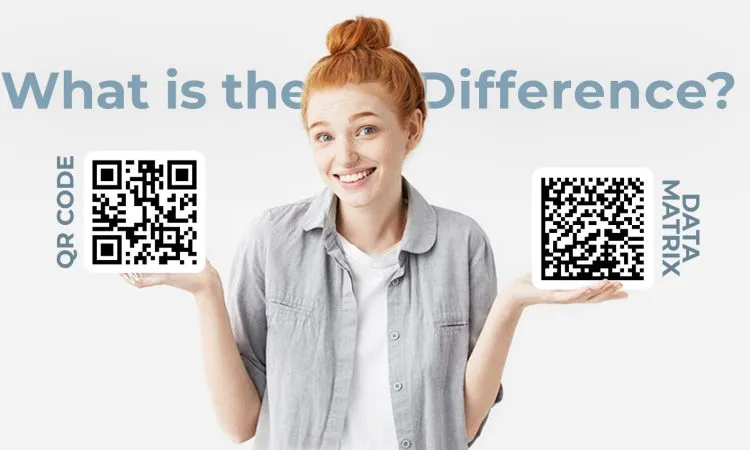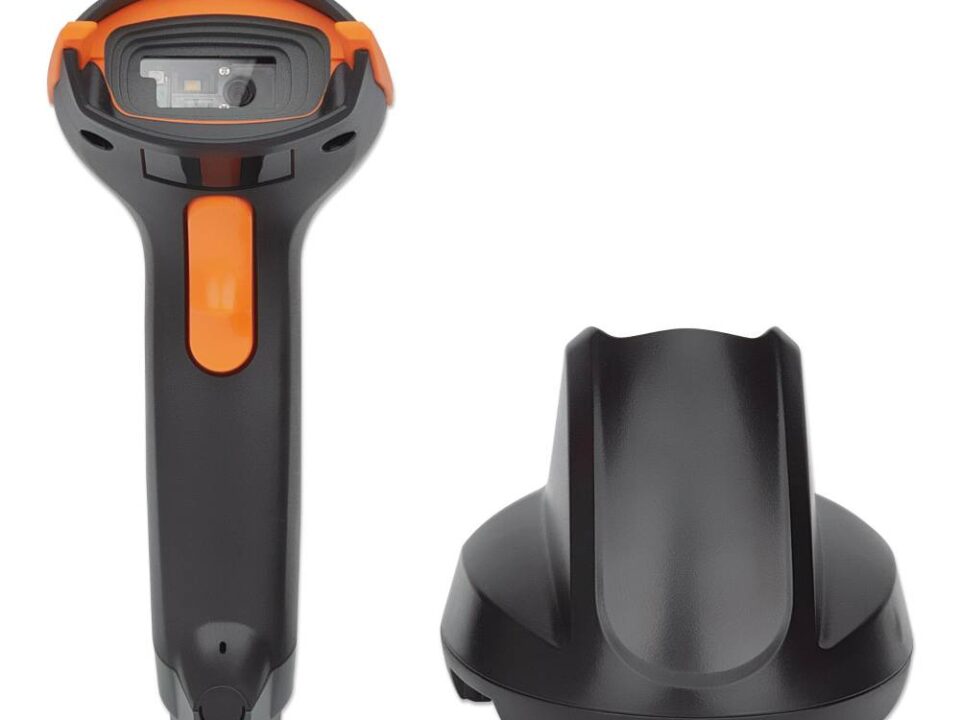Codabar was originally developed in the early 1970s for use in retail price-labeling systems. However, after the National Retail Merchants Association (NRMA) selected another symbology as their standard in 1975, Codabar was promoted for use in a variety of non-retail applications such as libraries, shipping, photo finishing, and the medical industry. Because Codabar is not as versatile or reliable as other symbologies, the trend since the 1980s has been to move away from Codabar and toward the other symbologies.
Codabar barcodes are used by logistics and healthcare professionals, including U.S. blood banks, FedEx, photo labs and libraries. Their main benefit is that they’re easy to print and can be produced by any impact style printer—even a typewriter. Therefore, users can create many Codabar codes using consecutive numbers without the use of a computer. Codabar is a discrete, self-checking symbology that encodes up to 16 different characters with an additional 4 start/stop characters.
Advantages of Codabar barcodes include ease of scanning and self-checking, which reduces errors when entering the code. However, Codabar codes are being phased out in favor of newer code forms, which allow more data to be stored in a much smaller form. Regardless, Codabar is still commonly used across logistics, healthcare and even schools, where the code is applied to the spines of library books.
Variations: Codabar, Ames Code, NW-7, Monarch, Code 2 of 7, Rationalized Codabar, ANSI/AIM BC3-1995, USD-4
Industry: Logistics, Healthcare and Education
Codabar is a numeric code with some additional special characters (0..9 and – $ : / . +). There are four different start and stop signs defined. These start and stop signs are used in our software as A, B , C and D. They are only valid at the beginning and the end of the code. They can be used to transport additional information.




